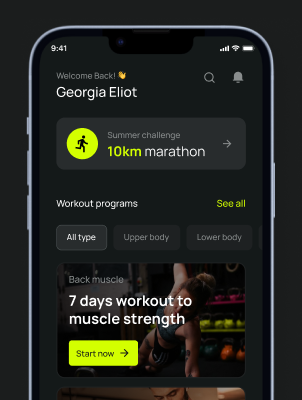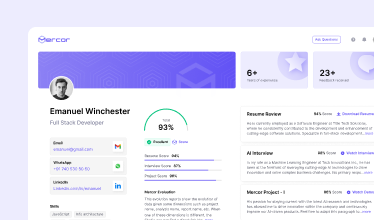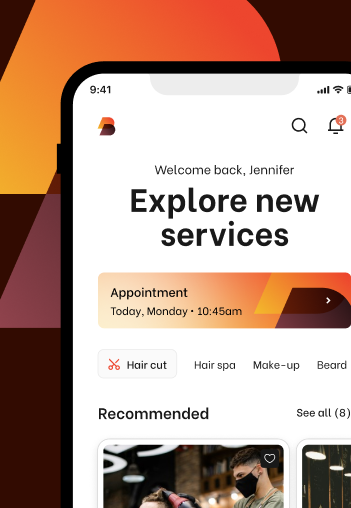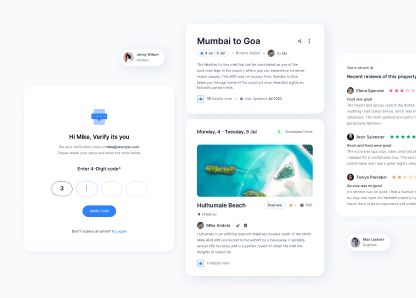Application design approach
Application design approach is user-centric, focusing on clear objectives and requirements aligned with business goals and technical capabilities. Through iterative processes and collaboration, I refine solutions based on user feedback, ensuring responsive and adaptive designs for consistent experiences across devices. I prioritize visual design and branding to resonate with users and integrate accessibility and inclusivity for usability.
Capabilities in mobile and web app design
My product design focuses on simplicity, helping companies achieve measurable business objectives with output that captivates customers and distinguishes them from the competition.
-
Strategy
-
Discovery
-
UI audit
-
Information architecture
-
Interaction design
-
Visual design
-
SaaS UI design
-
PaaS UI design
-
Iconography
-
Illustrations
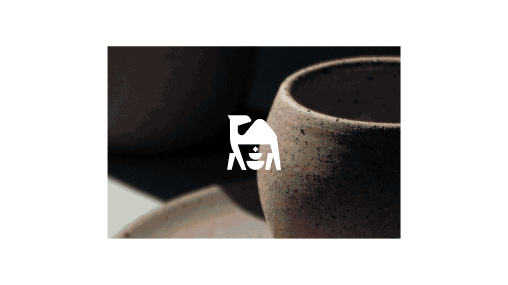
FAQ
Several common mistakes in mobile app design can significantly impact user experience and hinder an application's success. These include overcomplicating the user interface, leading to user confusion and frustration, poor navigation that makes it challenging for users to move through the app seamlessly, and inconsistency in design elements, which can detract from the app's goal. Ignoring platform-specific guidelines may result in an app feeling out of place or unfamiliar to users. Additionally, issues such as poor readability, unresponsive design, slow performance, and neglecting accessibility features can further diminish user satisfaction. Inadequate testing may lead to overlooked bugs and usability issues, while ignoring user feedback prevents the app from evolving to meet users' changing needs.
Common mistakes in both SaaS (Software as a Service) and PaaS (Platform as a Service) web app design can significantly impact user experience and the overall success of the application. These include complex onboarding processes that overwhelm users, overwhelming interfaces with too much information, inadequate user guidance, and poor data visualization. Inconsistencies in branding, lack of customization options, and neglecting mobile optimization can further detract from the user experience.
SaaS (Software as a Service) and PaaS (Platform as a Service) offer distinct approaches to software delivery and development. In SaaS, providers manage the entire application and infrastructure, offering ready-to-use solutions accessed via the internet without local installation. Users pay subscriptions for services like CRM or project management tools, with providers handling maintenance. Conversely, PaaS provides a platform for developers to build, deploy, and manage applications without infrastructure concerns. Developers access tools and environments, focusing on code while the provider manages underlying infrastructure. PaaS caters to custom application development needs without infrastructure management burdens. In essence, SaaS delivers ready-made software solutions, while PaaS empowers developers to build tailored applications efficiently.
